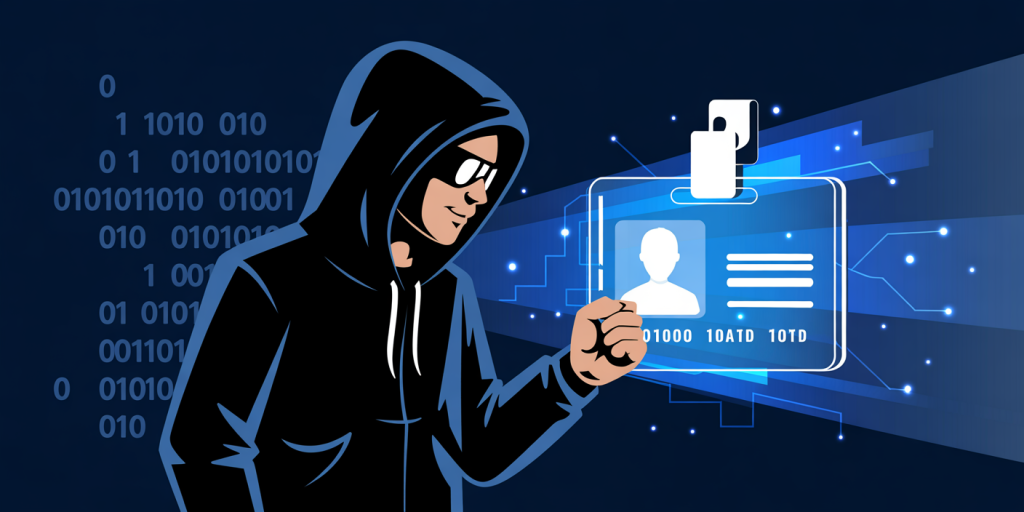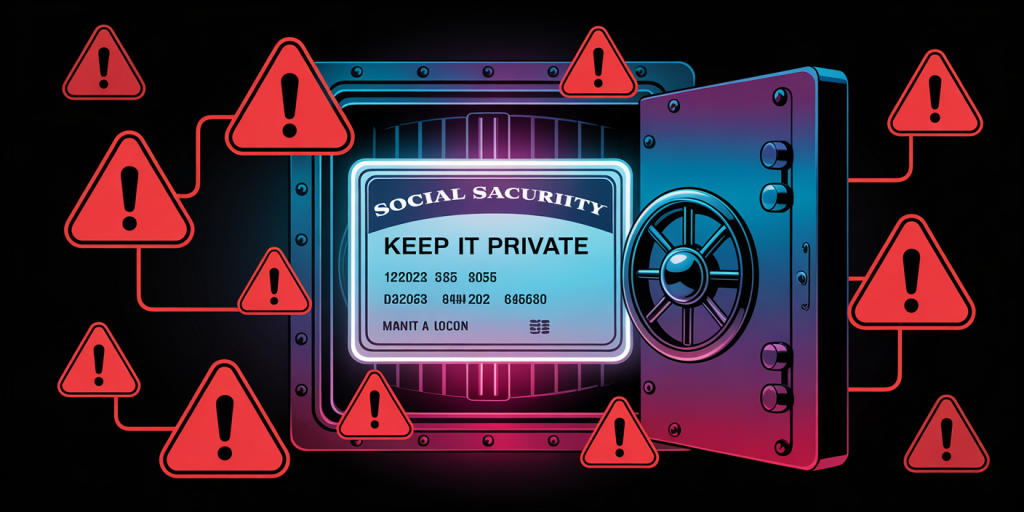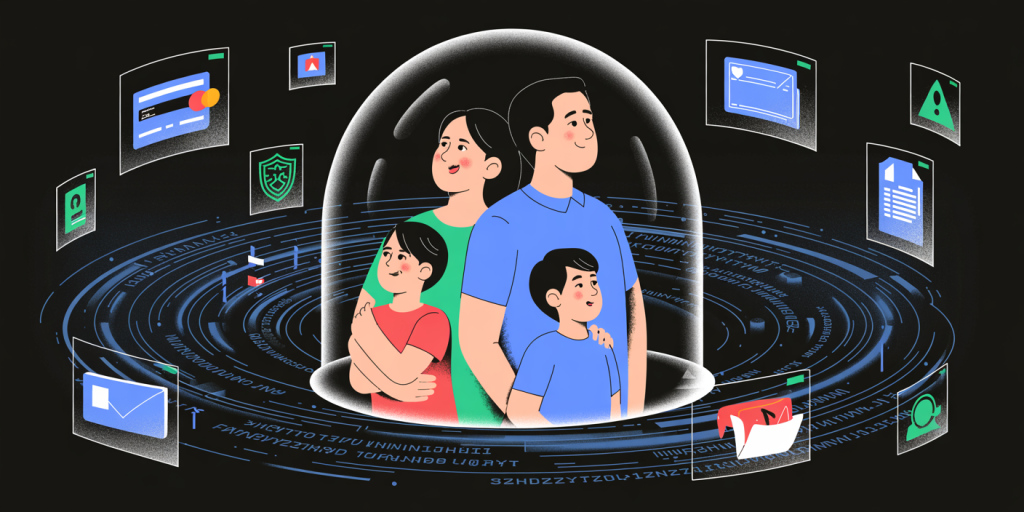How to Protect Yourself Financially Against Identity Theft and Fraud
Anúncios
In the digital age, your identity is a valuable commodity—and it’s under constant threat. From phishing emails to data breaches and credit card skimming, identity theft and financial fraud are becoming more sophisticated and frequent. According to the Federal Trade Commission (FTC), Americans reported over 1.1 million cases of identity theft in 2024, with billions of dollars lost to scammers.
But you’re not powerless. With awareness and proactive habits, you can significantly reduce your risk of becoming a victim. In this comprehensive guide, we’ll explore how identity theft happens, the different types of fraud you may encounter, and—most importantly—how to protect your finances.
What Is Identity Theft?

Anúncios
Identity theft occurs when someone unlawfully obtains and uses your personal information—such as your Social Security number, credit card details, or bank account credentials—to commit fraud or other crimes. Victims often discover the theft only after the damage is done: unauthorized purchases, drained accounts, or even loans opened in their name.
Common Types of Financial Identity Theft
1. Credit Card Fraud
Someone gains access to your card number and makes unauthorized charges. This can happen through physical theft, data breaches, or skimming devices.
Anúncios
2. Account Takeover
A criminal obtains access to your bank, investment, or online account and changes the login credentials, locking you out.
3. Tax Identity Theft
A scammer files a tax return in your name to claim a fraudulent refund before you do.
4. Synthetic Identity Fraud
This involves combining real and fake information (e.g., a real Social Security number with a fake name) to create a new identity and open credit lines.
5. Medical Identity Theft
Someone uses your personal information to receive medical care or prescriptions, leaving you with the bill—or a corrupted medical record.
The Real Cost of Identity Theft
Beyond immediate financial losses, identity theft can have lasting effects:
-
Damaged credit scores
-
Lost time and emotional stress
-
Legal fees or disputes
-
Difficulty securing loans or employment
Recovery can take months—or even years—depending on the extent of the fraud. That’s why prevention is critical.
How Identity Theft Happens
Understanding how thieves get your data is key to protecting it. Here are the most common tactics:
-
Phishing emails or texts asking for sensitive information
-
Data breaches at banks, retailers, or social platforms
-
Public Wi-Fi that isn’t secure
-
Malware or keyloggers installed on your device
-
Mail theft or dumpster diving for bills and statements
-
Skimming devices on ATMs or gas station pumps
-
Fake websites that mimic legitimate businesses
How to Protect Yourself Financially
1. Monitor Your Financial Accounts Regularly
Review your bank and credit card statements weekly to catch suspicious activity early. Most banks allow you to set up real-time transaction alerts via text or email.
Also, check your credit reports at least once a year through AnnualCreditReport.com. You can access reports from Experian, Equifax, and TransUnion for free.
Pro Tip: Set calendar reminders to check your credit every four months using a different bureau each time.
2. Use Strong, Unique Passwords
Avoid reusing passwords across financial and personal accounts. Use a password manager like LastPass, 1Password, or Bitwarden to generate and store strong, unique logins.
Best practices:
-
At least 12 characters
-
A mix of uppercase, lowercase, numbers, and symbols
-
Avoid using personal info (e.g., birthday, name)
Enable two-factor authentication (2FA) wherever possible for an added layer of security.
3. Freeze Your Credit
Placing a credit freeze restricts access to your credit report, making it harder for identity thieves to open new accounts in your name.
You can freeze and unfreeze your credit for free at each of the three bureaus:
Note: Freezing your credit does not affect your score and can be temporarily lifted when needed.
4. Shred Sensitive Documents
Don’t toss bills, bank statements, or tax documents into the trash without shredding them. Invest in a cross-cut shredder, or use a community shredding event.
What to shred:
-
Credit card offers
-
Bank and investment statements
-
Insurance documents
-
Anything with your Social Security number
5. Be Wary of Public Wi-Fi
Avoid conducting financial transactions over public Wi-Fi networks. Hackers can easily intercept unsecured connections.
If you must access sensitive information, use a Virtual Private Network (VPN) to encrypt your data.
6. Protect Your Social Security Number (SSN)

Your SSN is the holy grail for identity thieves. Only provide it when absolutely necessary—typically for tax forms, credit applications, and employment records.
Never:
-
Carry your Social Security card in your wallet
-
Share your SSN over the phone or email unless you’re 100% sure of the source
-
Post any part of it on social media or public profiles
7. Watch for Phishing and Scams
Always be skeptical of unsolicited emails or texts asking for sensitive information. Scammers often impersonate banks, the IRS, or even Amazon to trick you.
Red flags:
-
Urgent tone (“Your account will be closed!”)
-
Misspellings or poor grammar
-
Unfamiliar links or attachments
-
Requests for personal or banking details
If in doubt, call the institution directly using a verified phone number—not the one provided in the message.
8. Sign Up for Identity Theft Protection
Consider enrolling in an identity theft protection service such as:
-
LifeLock
-
Aura
-
IdentityForce
-
Experian IdentityWorks
These services monitor the dark web, credit reports, and data breaches—and some offer insurance to cover fraud-related expenses.
Note: Always read the fine print and understand what’s covered.
9. Report and Respond Quickly if You’re a Victim
If you suspect identity theft:
-
Contact your bank and freeze your cards
-
File a report with the FTC at IdentityTheft.gov
-
Alert the credit bureaus and place a fraud alert
-
Notify law enforcement, especially if physical documents were stolen
-
Change all compromised passwords
-
Review all accounts and freeze your credit
The sooner you act, the more likely you’ll limit the damage.
Bonus: Protecting Your Children’s Identity
Children are often targets because their credit histories are clean and go unchecked for years.
-
Freeze their credit as soon as they’re born
-
Keep Social Security cards and birth certificates locked away
-
Watch for signs of fraud: pre-approved credit offers or IRS letters in their name
Final Thoughts: Stay Vigilant, Stay Secure

No one is immune to identity theft—but with proactive steps, you can build a strong defense and recover faster if you’re ever targeted. Financial security is about more than saving and investing—it’s also about protecting what you’ve already earned.
The cost of ignoring identity protection can be far greater than the time or money spent preparing for it.
Don’t wait until it’s too late. Start securing your digital and financial identity today.
Post Comment